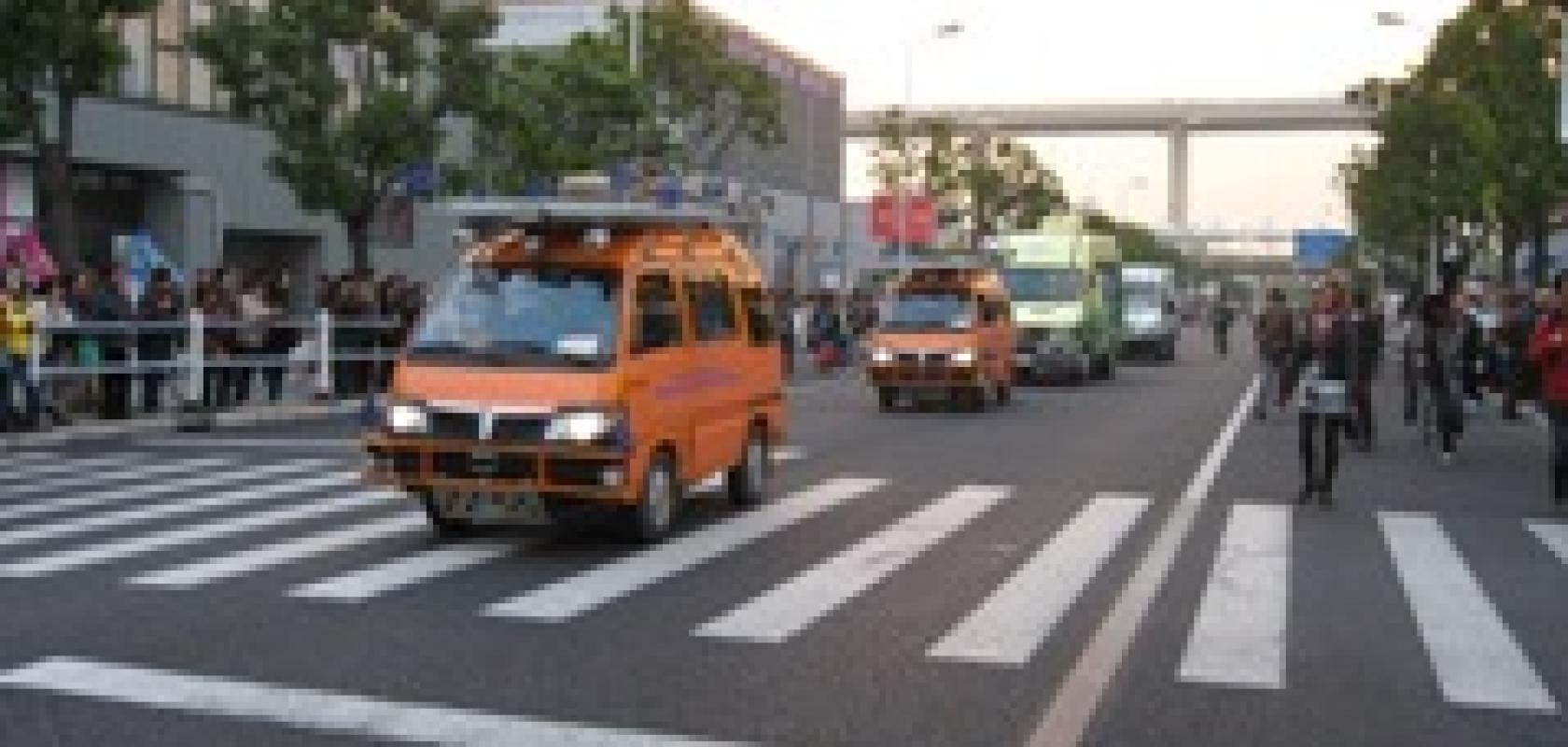Four autonomous vehicles developed by VisLab have reached their destination of the 2010 World Expo in Shanghai, China after setting out from Parma, Italy four months ago. The vehicles arrived in Shanghai on 28 October after travelling for more than 15,000km without a driver using an array of cameras and sensors to navigate the route.
Within a project partly funded by the European Research Council (ERC), University of Parma's VisLab – one of the key laboratories in the world in the development of driving assistance systems and autonomous driving – equipped four vehicles with autonomous driving systems with the aim to test their performance in extreme conditions. VisLab has been designing onboard electronic systems to increment road safety for more than 15 years, and this experiment collected a huge amount of data (about 50 Terabytes) to further improve the efficiency of those systems.
The vehicles used seven cameras, four laser scanners, GPS, and onboard computers to move autonomously coping with the most diverse weather, traffic, and infrastructure conditions.
The expedition crossed wild fires in Russia, crowded roads of large cities like Moscow, Omsk, Xi’an, and Shanghai, and the rural areas of Siberia, Kazakhstan, and western China, where the vehicles were exposed to extremes of temperature.
The trip represented an exhaustive and extreme test of the technologies developed by VisLab. In particular, the following systems were stressed: following the vehicle in front; stop-and-go; path following; vehicle detection; road detection; pedestrian detection; obstacle detection; panoramic vision system for 180° monitoring; and terrain slope estimation and mapping.
During the trip some situations were identified in which the systems did not produce satisfactory results, sometimes making human interventions necessary.
The data recorded along the route will make it possible to virtually travel the whole trip multiple times in laboratory in order to tweak and improve the onboard systems' behaviour. This database will also be used to develop new driver assistance systems, and it is currently under evaluation how to share it with other research centres in the field.


